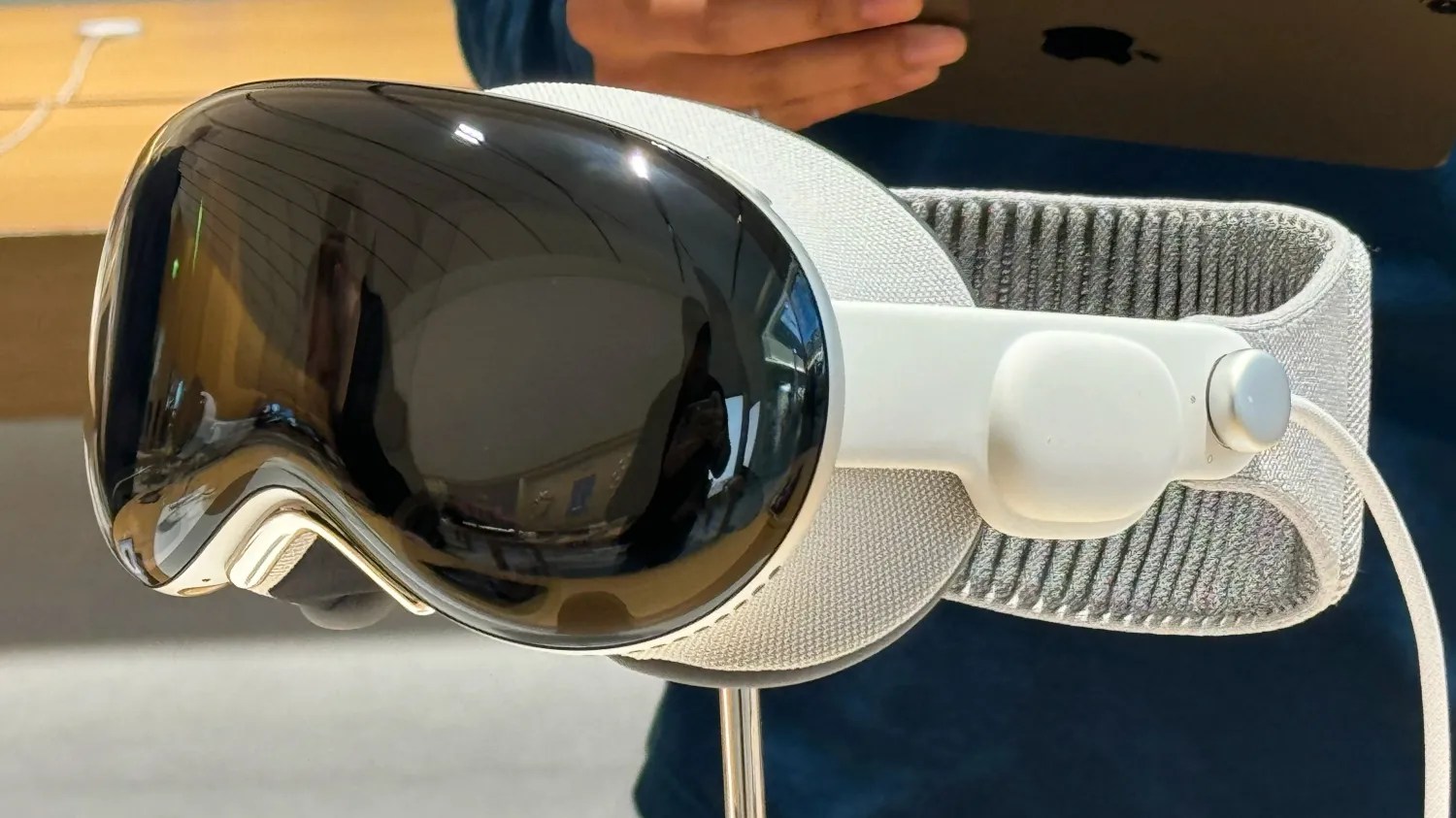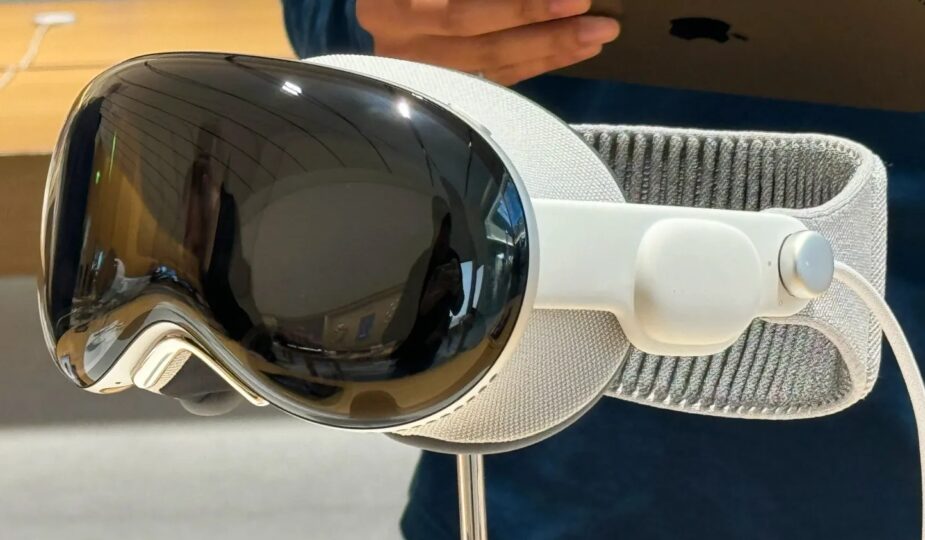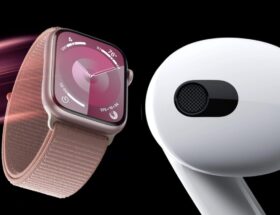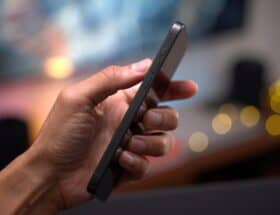
After releasing Apple Vision Pro this month, Apple shared a detailed look at how Vision Pro and VisionOS will protect your data. The new “Apple Vision Pro Privacy Review” covers things like Optic ID, cameras and your surroundings, Persona, EyeSight, and more.
Apple Vision Pro and privacy
Apple explains that Vision Pro and VisionOS were designed with privacy in mind from the start.
We've integrated hardware and software into Apple Vision Pro to protect your information in light of the unique privacy concerns associated with spatial computing. From using your eyes and hands to displaying digital content in your physical space, Apple Vision Pro features also have privacy built in. There are four privacy principles that guide everything we do at Apple, including all the new features in Apple Vision Pro. . The four principles are: data minimization, on-device processing, transparency and control, and security.
One of the main themes in Apple's Vision Pro article is the emphasis on on-device processing. The document explains that VisionOS, whenever possible, processes data directly in Vision Pro rather than passing it on to Apple or other developers:
VisionOS processes data on the device whenever possible, rather than sharing it with Apple or other developers. To protect where you look, hover effects that appear when you view content are displayed on your device by VisionOS and are not transmitted to the app you use. VisionOS also maps your surroundings to the device to realistically display virtual objects in your physical space. Plus, your identity is created entirely on-device from the photos you take with Apple Vision Pro.
What about all those Vision Pro cameras? Apple has a thoughtful approach to keeping all of this data secure.
The places where you use Apple Vision Pro, such as at home, often contain detailed information about your personal life. VisionOS protects data about your surroundings – from the items on your desk to those in the room with you. VisionOS completely integrates apps with your environment on your device, so the apps you use don't need access to information about your environment.
visionOS creates a 3D model to display your surroundings on your device. Apple Vision Pro uses a combination of camera and LiDAR data to create a map of the area around you and save that model to your device. The model allows VisionOS to alert you to real-world obstacles and reflect the lighting and shadows of your physical space accordingly. VisionOS uses audio ray tracing to analyze the acoustic properties of your room on the device to tailor sound to your space. The base mesh of the scene is stored on the device and is encrypted with your password, if you have one.
By default, applications do not have access to any information about your environment. Apps can also open up full space for a more immersive experience when content from other apps disappears and the app can create windows, volumes, and unlimited content. With your permission, apps in the Full Space can access data about your surroundings to provide a more immersive experience.
A full overview of the privacy of Apple Vision Pro can be found on Apple's website or embedded below.
Apple_Vision_Pro_Privacy_OverviewUpload









